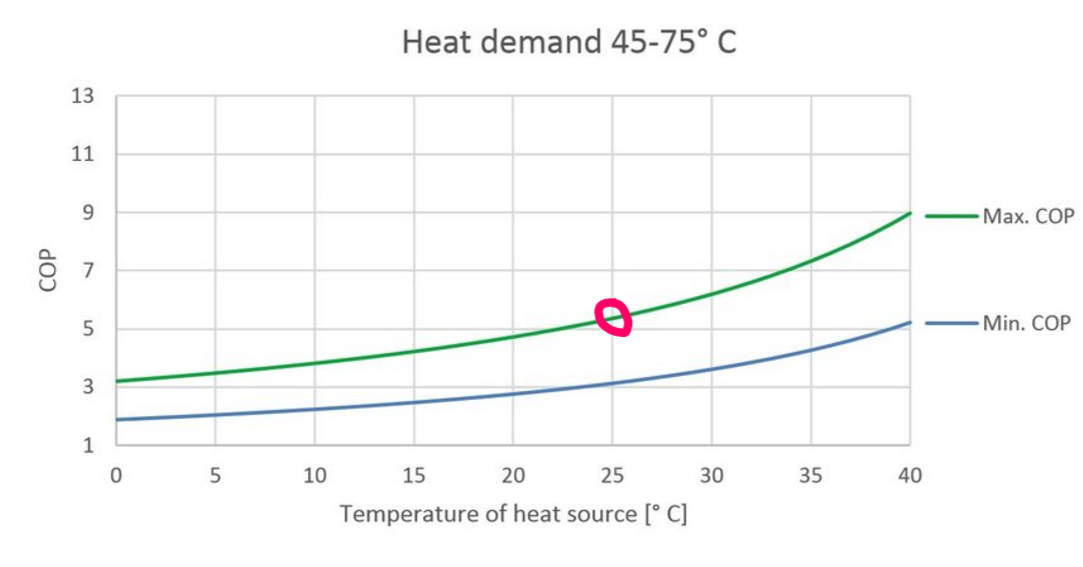Air Conditioners are very expensive so I'm planning to build a split type air conditioner using Peltier modules for my sealed room that is 6.5 length, 7 feet height, and 5.6 wide. I plan to use nine modules. To cool the room, the cold side will be attached to a copper heatsink with pc chassis fans to circulate cool the warm room air in between the heatsink layers. To cool the other side, I'm going to insulate the hot side and I'll use a liquid cpu cooler with coolant where the radiator is placed outside the room. To increase the efficiency of the modules, I'll use a voltage regulator which can adjust from time to time. The cost source all of the parts is 60% lower than buying an air conditioner and the power usage per day is also lower as far as my computation. Is it practical or are there any designs/modifications that can make it better?
-
$\begingroup$ 9 modules of what size? What differential you want? $\endgroup$– TrishCommented Apr 19, 2021 at 9:59
-
$\begingroup$ The cheapest air conditioner at Walmart is $109 USD and would provide way more cooling than such a small room would need. Is your problem that air conditioners don't exist for your minimal cooling load? I find it unlikely in the extreme that you can beat the cost/performance of an imported window unit. $\endgroup$– Tiger GuyCommented Apr 19, 2021 at 19:55
2 Answers
Your calculations are probably wrong. Peltier effect coolers are known to be extremely inefficient in converting electrical power into useful refrigeration. This is why they are not commonly used in things like home refrigerators and air conditioning units, where heat pumps are far more effective.
The figure of merit for refrigeration efficiency in things like air conditioners is called the coefficient of performance or COP. Try looking up the typical COP of a Peltier effect device versus the COP of a heat pump as used in a refrigeration-type air conditioner.
A useful measure for this comparison is the COP (Coefficient of performance) which measures ratio between the heat energy transferred over the energy used.
The following is a theoretical prediction of the COP a Peltier element, with respect to temperature difference.
For a split unit heat pump, you can find different values but in most cases, the COP of the heat pump is greater, when the temperature of the cool side (where the heat energy is drawn from), is close or above 10 $^oC$.
In the image, I've circled the 25$^oC$, on the green line, because at that point the temperature difference is 20$^oC$. In that image the COP of the heat pump is just over 5.
| $\Delta T$ | max COP Peltier | COP Heat pump |
|---|---|---|
| 10 | 2.5 | ~7 |
| 20 | 1.2 | ~5 |
| 30 | 0.7 | ~4 |
So, to sum up, the efficiency of the Peltier is not very good. Given the size of the air-conditioning market worldwide (and the lack of moving components i.e. easier maintenance), I would have thought that if there was a performance/cost benefit, it would have been exploited. (To be honest I am guessing that although the cost of your components is only 60% the retail value of the airconditioning of similar size, the cost of the equivalent components for the heat pump should be in the order of 20 to 30% of the total cost).
In any case, IMHO the only scenario where you might have a benefit is if you have a small temperature difference and the heat source is sub zero (where conventional heat pumps underperform).

